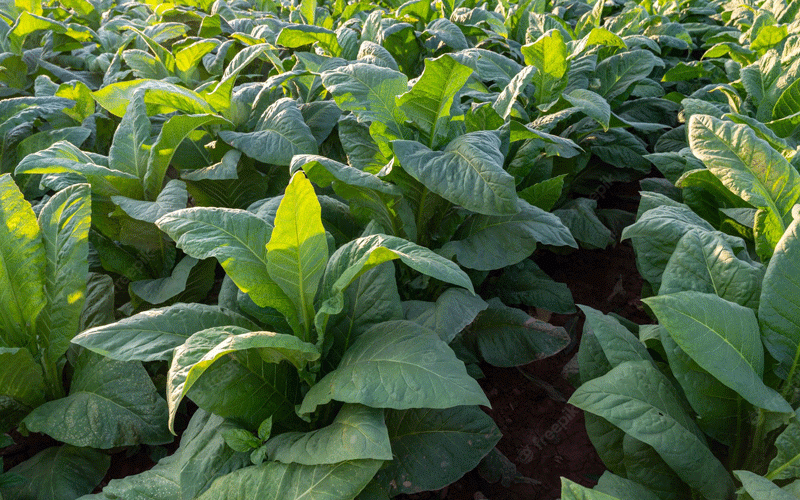
THE Tobacco Research Board (TRB) has called on all growers to select tobacco seed varieties suitable for their regions to maximise output.
In a recent communiqué to all tobacco growers, TRB plant breeder Francis Mukoyi said the varieties bred by the board could be classified as slow growing, medium-growing or fast-growing, with the varieties suitable for different regions.
He said this relates to the rate at which they germinate, develop, mature and ripen while the tobacco growing regions in Zimbabwe are also classified as fast, medium and slow growing
“Traditionally, we recommend that fast-growing varieties be grown in slow-growing regions and vice-versa,” Mukoyi said.
He added: “When choosing a tobacco variety, it is vital for growers to identify where they are and whether one falls in a fast, slow, medium and marginal area.”
The need for faster-growing tobacco comes as the crop is the second biggest forex generator after gold.
“In slow-ripening areas, growers can grow any variety. However, they should avoid late planting of very slow-ripening varieties like K RK28 and K RK29,” Mukoyi said.
“Growers in medium-ripening areas can choose any variety. In fast-ripening areas, growers ought to avoid varieties with KM10 background and any of its derivates (K RK8, K RK22, K RK23).
- Mavhunga puts DeMbare into Chibuku quarterfinals
- Bulls to charge into Zimbabwe gold stocks
- Ndiraya concerned as goals dry up
- Letters: How solar power is transforming African farms
Keep Reading
“We recommend that fast-growing varieties be grown in slow-ripening areas because of the fact that these varieties inherently produce a thin leaf and if grown in fast-growing areas, they produce an even thinner leaf which is difficult to cure.”
He said variety growth and ripening rate was important in placing a variety within the growing regions and also when double cropping is desired.
“It is advisable to avoid sowing early slow-ripening varieties in slow-growing areas but to consider slow-ripening varieties in fast-growing areas,” Mukoyi said.
“In cases where double cropping is required, the fast ripening variety should be selected as the irrigated crop while the slow-ripening variety is chosen as a dryland crop,” he said.






